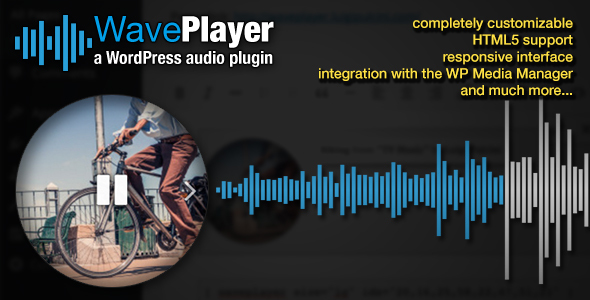

Resource leaks are unlikely because there are no additional processes launched and only one thread per playing track.When no volume adjustment is applied, the packets from YouTube are directly passed to output, which saves CPU cycles. The most common format used in YouTube is Opus, which matches the exact output format required for Discord.
#MAKING AN AUDIO PLUGIN PLAYER COMPUTER PLUS#
The amount of memory used per track when testing with YouTube was at most 350 kilobytes per track plus the off-heap memory for the thread stack, since there is one thread per playing track.

This gives it a very fine-grained control over the resources that it uses, which means a low memory footprint as well as the chance to skip decoding and encoding steps altogether when the input format matches the output format. Different sources and container formats are handled in Java, while decoding and encoding of audio are handled by embedded native libraries. What makes LavaPlayer unique is that it handles everything in the same process. OGG streams (Opus, Vorbis and FLAC codecs).Matroska/WebM (AAC, Opus or Vorbis codecs).The file formats that LavaPlayer can currently handle are (relevant for file/url sources): The set of sources where LavaPlayer can load tracks from is easily extensible, but the ones currently included by default are:


 0 kommentar(er)
0 kommentar(er)
